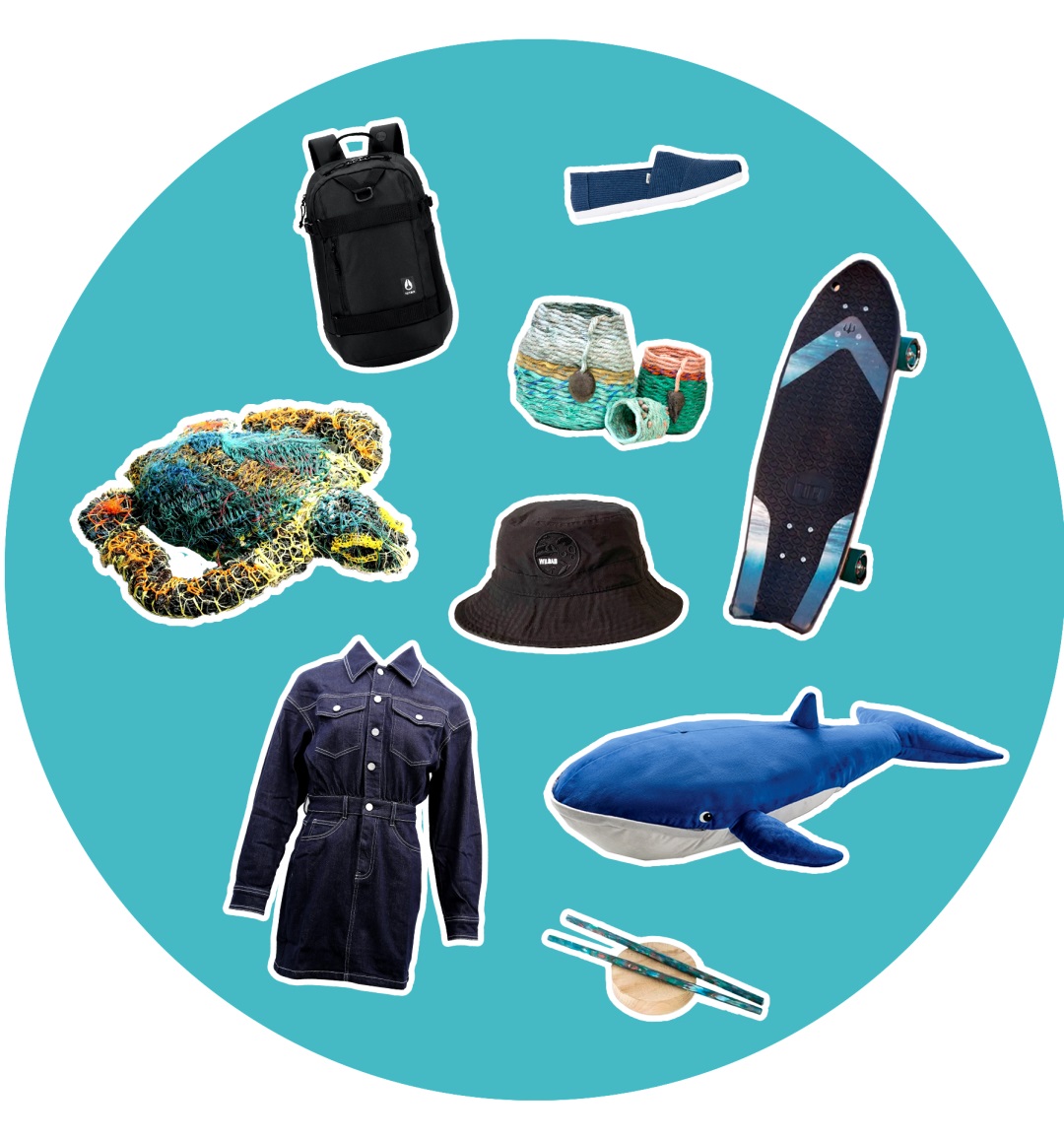
Can you tell what these are made of?
The title might give you a clue. Yes, these cleverly designed materials are made from recycled ocean plastic waste and discarded fishing gear.
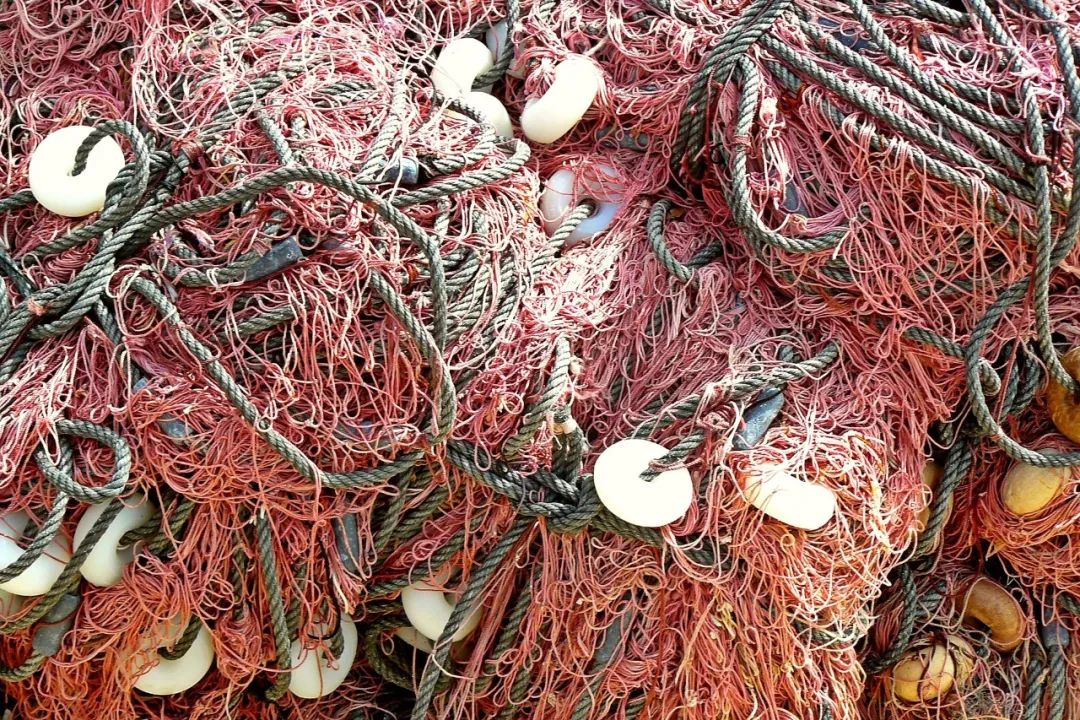
Approximately 11 million tons of plastic waste enter the ocean each year. By 2040, this number could double. Over 800 marine and coastal species are affected by plastic pollution, including ingestion, entanglement, and habitat alteration.
Categories of ocean plastic:
• Deep-sea fishing operations (nylon gillnets, polypropylene trawls, high-density polyethylene trawls)
• Nearshore aquaculture industry (oyster nets, aquaculture matrix ropes, floats, buoys, etc.)
• Shipping operations/waste disposal (PET plastic packaging, plastic bottles)
• Offshore engineering platforms (polypropylene/nylon cables)
46% of ocean waste is composed of discarded fishing nets, which can be considered as "death traps" for marine life.
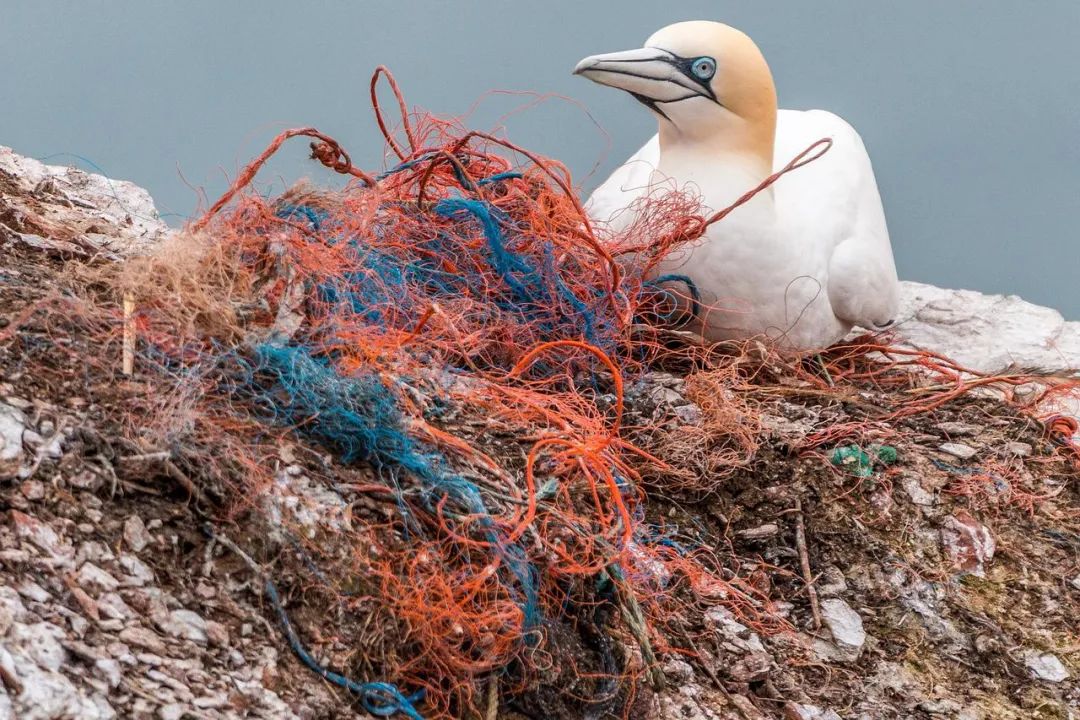
According to survey data, around 640,000 tons of fishing gear is abandoned in the ocean each year, known as "ghost nets." Over 100,000 animals, such as whales and dolphins, are entangled and killed by these nets annually, with the impact on seabirds, sea turtles, and fish being "incalculable".
Fishing vessels discard large amounts of ropes and fishing lines into the ocean, and even the most remote areas of the Earth can be found with traces of fishing gear. Plastics will be broken down into micro-sized fragments, ingested by plankton, and eventually affect the food chain and the composition of human meals.
As the second-largest polluting industry after the oil industry, the fashion industry's total carbon emissions exceed the combined emissions of all international flights and shipping, accounting for 10% of global carbon emissions.
How does the regenerated nylon made from recycled fishing nets enter the textile industry to help reduce emissions? Let's take a look at how the Chinese company Yingryte, which has been using recycled fishing nets for reuse, does it.
Primary sorting
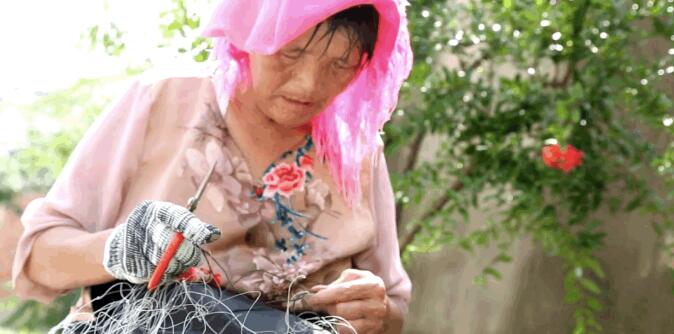
Spread and air drying
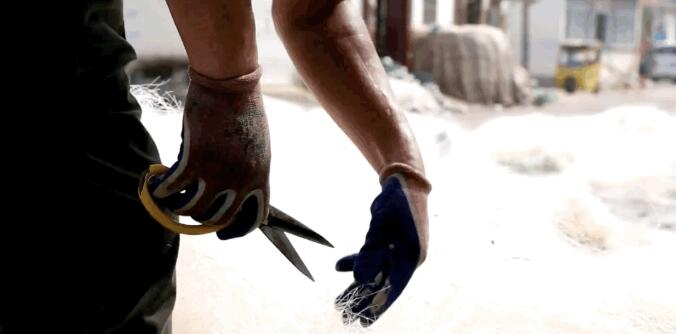
Processed into granules after sorting
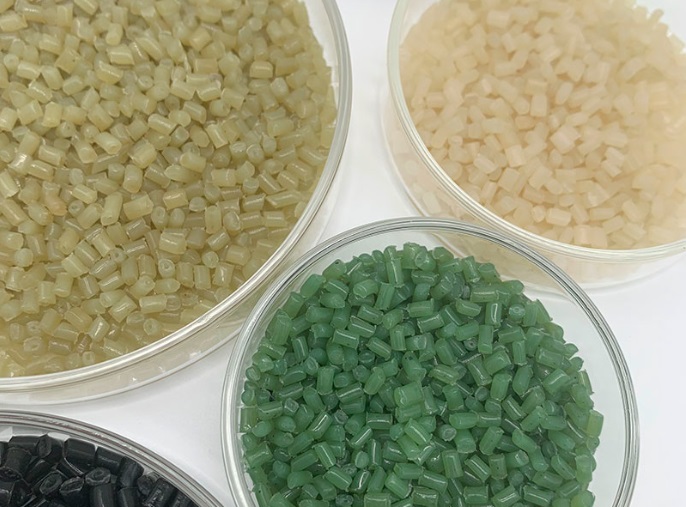
Enter the conventional spinning process
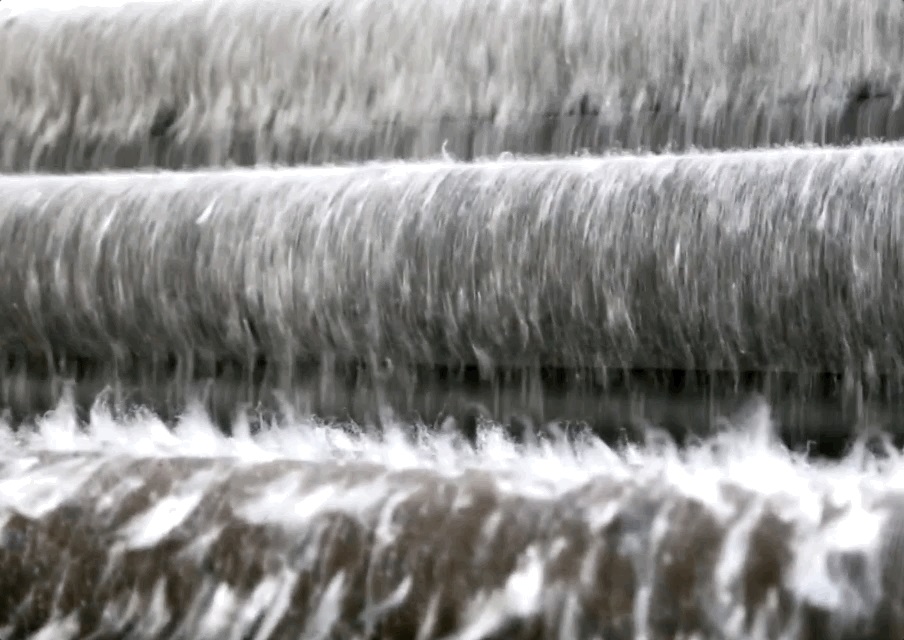
Regenerated nylon short fibers blended into various materials
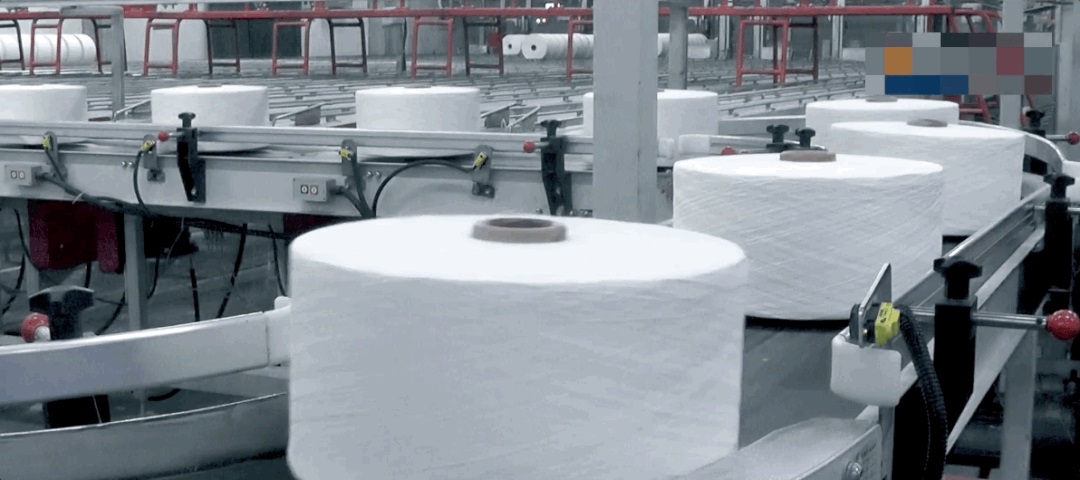
Discarded fishing nets are reborn and enter a new "lifecycle"!

One reason is the high replacement rate of fishing nets, which need to be replaced every 1-2 years. Even in fishing operations, such as catching horseshoe crabs, fishing gear is often considered disposable due to high damage rates, low value, and the labor-intensive nature of fishing operations, resulting in improper handling.
In the recycling process, fishing net cleaning and recovery are difficult, and the main actors in the recovery and use are mainly fishermen. Due to the influence of the value of the fishing industry, there is a lack of motivation to recover fishing nets.
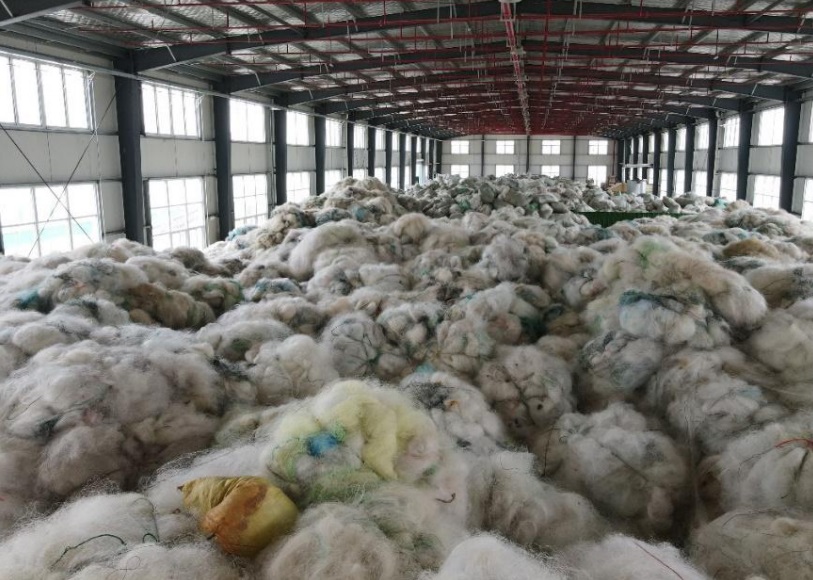
Ocean waste cleanup is a problem that all of us need to face and pay attention to. It affects not only the fate of marine life but also everything related to our livelihood and health as humans.
Recycling discarded fishing nets can not only breathe new life into marine waste but also help local fishermen, middle-aged and elderly women, disabled individuals, and others earn extra income, promote the participation of the fishing industry in the circular economy, and solve the problem of industrial closed-loop.
After recycling and regeneration, the price of marine plastics can increase several times, and the value of this high-value recycled plastic lies not only in the recycling process but also in traceability. The waste plastic extrusion machine, which plays a crucial role in the recycling process, helps convert the marine plastics into high-quality recycled plastic products.
To standardize the authenticity and credibility of the production process of marine plastics, achieve full traceability in the entire process of plastic recycling, and help domestically produced marine plastic products enter the international market, the association is preparing the group standard "Requirements for Traceability of Waste Plastic Recycling and Recycling Part 2: Ocean Plastics".